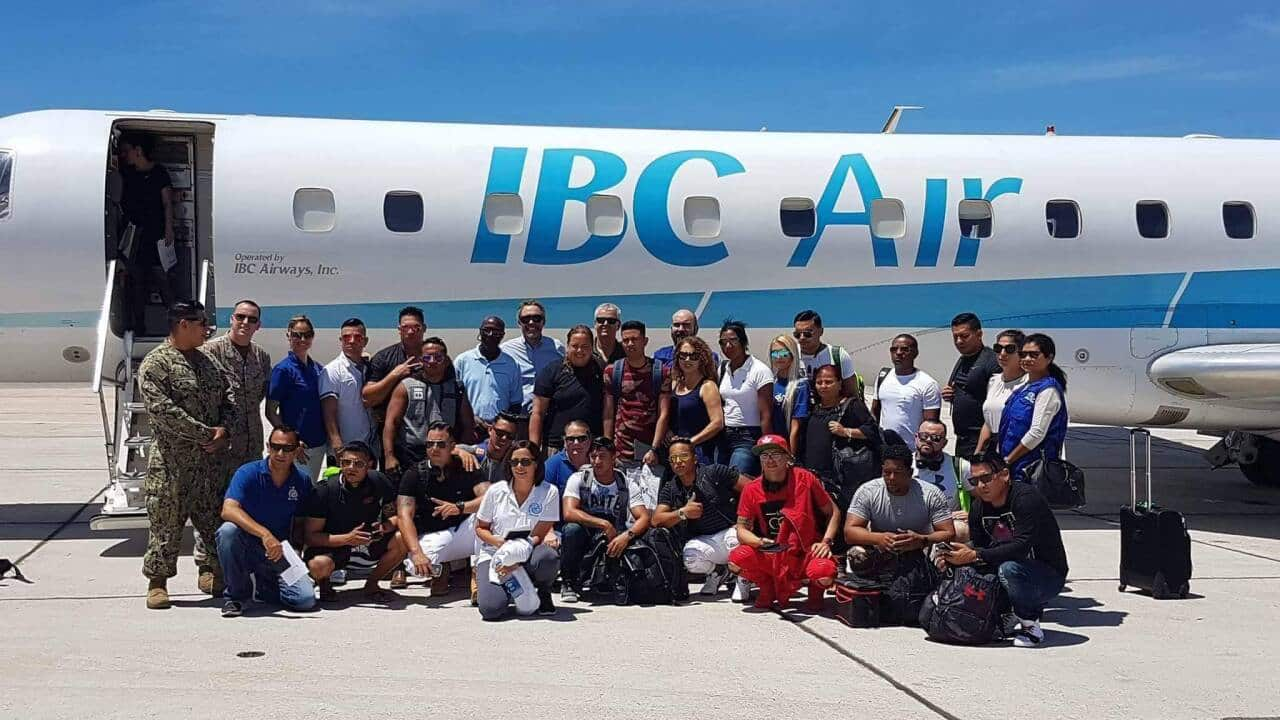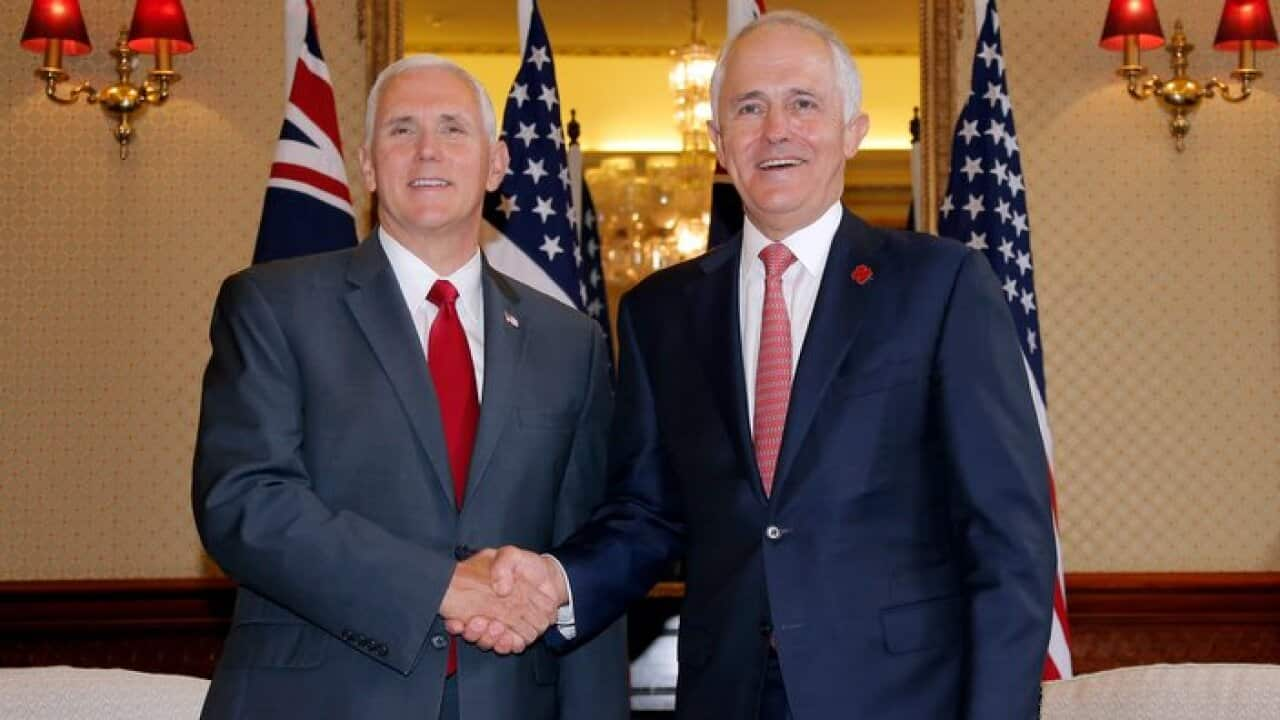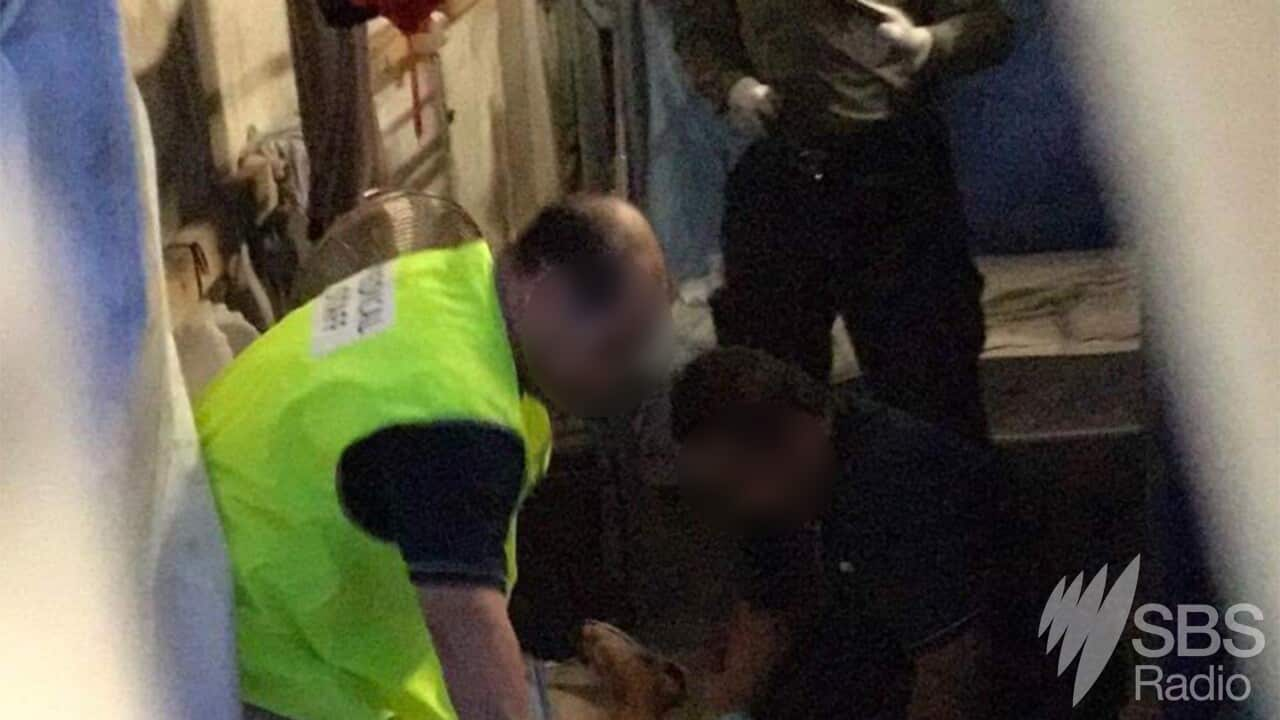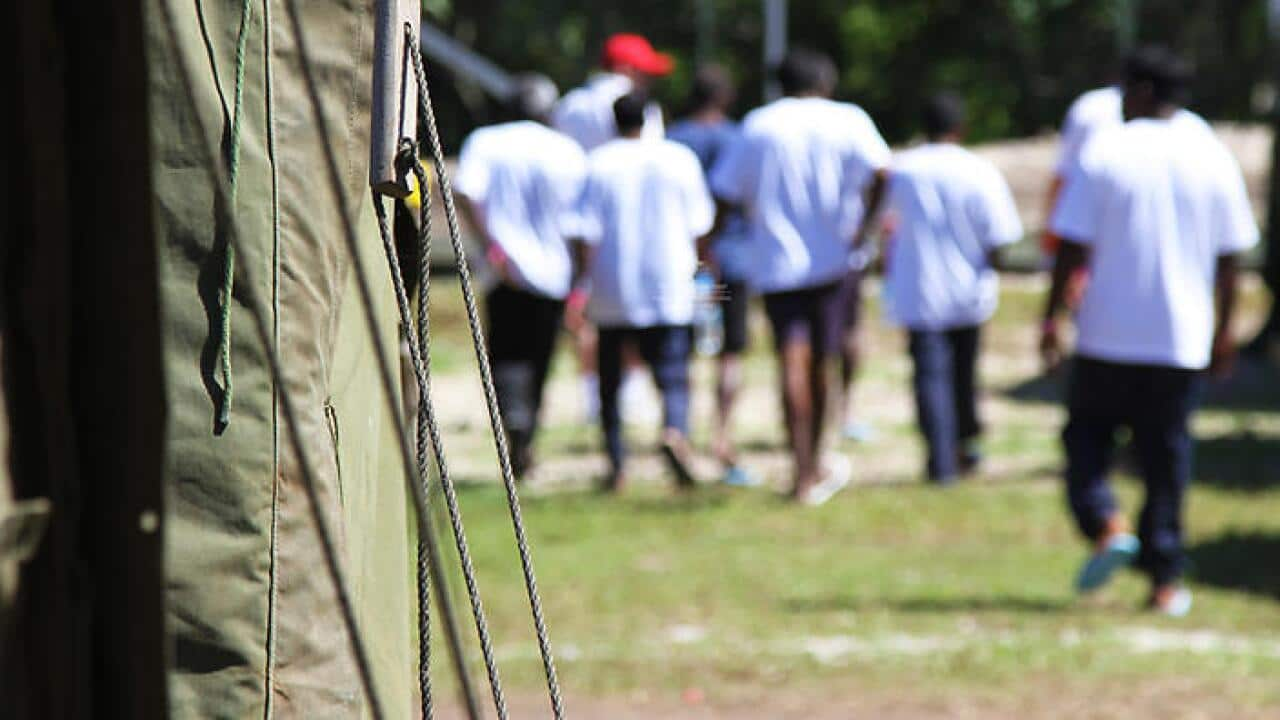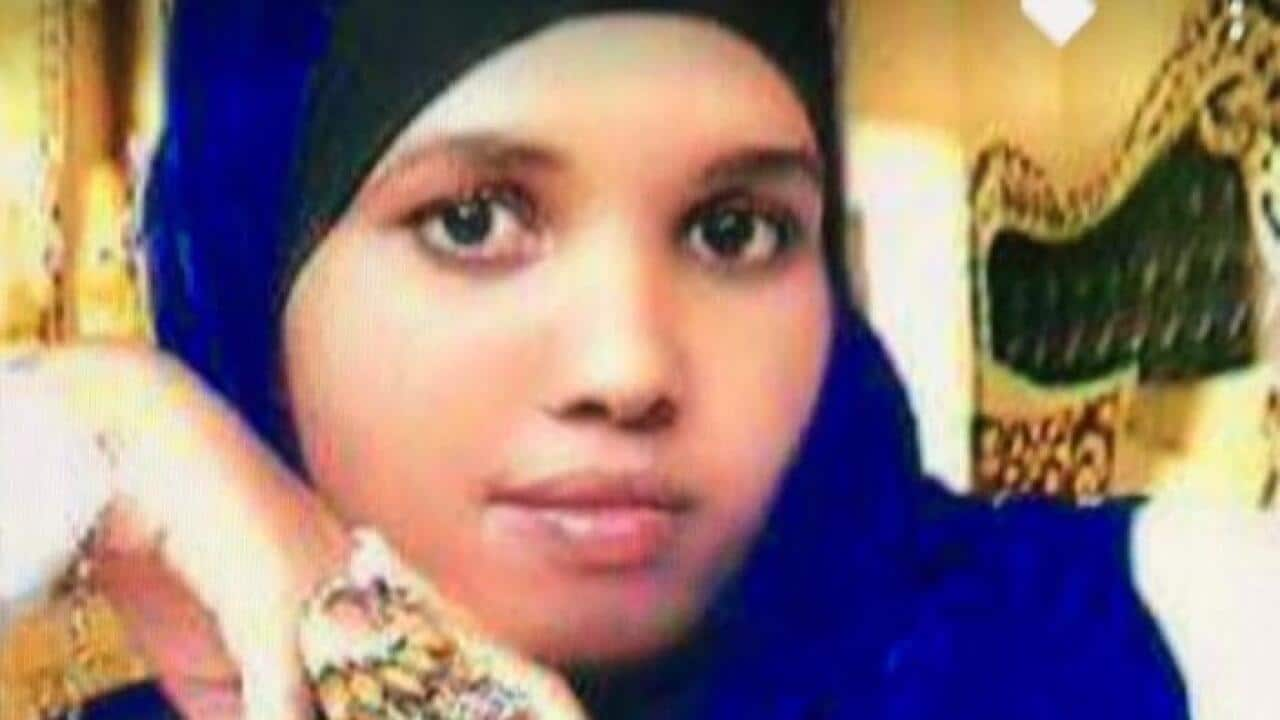"It is really hard to understand what's going on,” Graham Thom, Refugee Coordinator at Amnesty International Australia tells SBS Spanish.
"It's such an unusual group for Australia to resettle given that they do have an ongoing process in the US."
"There is a potential that they could go to the US. So, Why did Australia step in and take this group?"
Listen to Graham Thom speak (in English) with SBS Spanish below:Australia has resettled a group of 17 out of 24 Cuban boat people who were infamously found stranded on a US lighthouse of the shores of Florida in May 2016.
The group of Cuban 'boat people' arrived in Australia the 31st of July after a long trip from the US naval base in Guantanamo Bay, their temporary home for more than a year and are now resettled in in Brisbane.
“I'm so grateful, mainly to god for arriving to this country," Alexander Vergara López, a young Cuban musical producer tells SBS Spanish. "It's wonderful. It's a dream come true."
He says that his arrival to the lighthouse in La Florida, "is an experience to remember for the rest of my life."
Listen to Alexander’s full interview (in Spanish) with SBS Spanish below: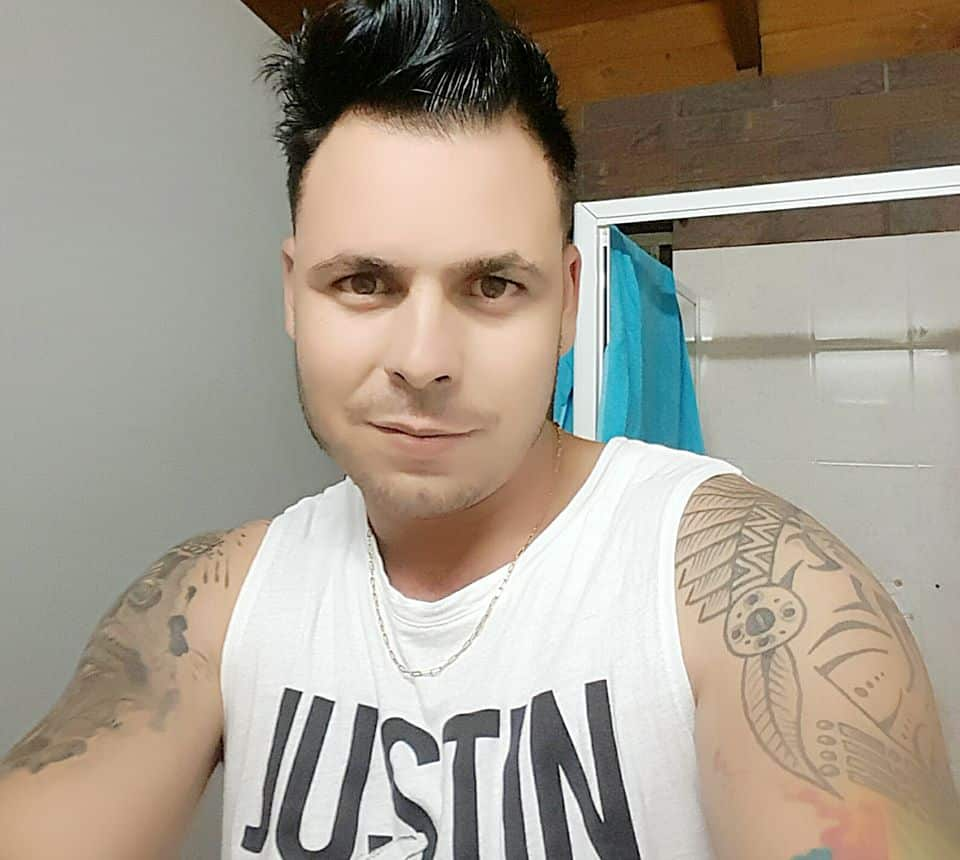

Cuban refugeee Source: Alexander Vergara/Cuban refugee
Listen to Alejandro Vergara's full interview (in Spanish) with SBS Spanish:
The Cuban migrants are learning English while they receive financial help to support themselves as much as get accommodation.
They are an addition to the growing Cuban community in Australia. According to the 2016 census, there are 598 Cuban individuals in the country, 24 per cent more than the 2011 Census.
“I'm so grateful, mainly to god for arriving to this country. It's wonderful. It's a dream come true."
“We have Centrelink support. We will be paid until we start working”, said Alexander Vergara López, who added the members of the group visit each other every day.
A high profile case in the US
The landing of the 24 Cuban migrants to an offshore 136-year-old lighthouse last year, opened up a heated debate on social media about the rights of these migrants to stay in the USA.
The legal advocacy group 'Democracy Movement' (Movimiento Democracia) defended the rights of the Cuban 'boat people' before the US judiciary system under the now-defunct 'wet foot, dry foot policy' which allowed any Cuban migrant who reached US soil to remain - but returned any picked up at sea.
In this case, the lawyers argued that the metallic structure anchored in the shallow waters of a coral reef seven miles from the US shore constituted 'dry land' and therefore, they should not be granted permanent residency and not sent back to Cuba.
A US federal judged ruled however that the American shoal lighthouse wasn't dry land and therefore the Cubans who were found clinging to it couldn't stay in the country.
The case ended up with four of them being deported back to Cuba and the rest taken to the US Naval Base in Guantanamo as "protected migrants" where they awaited further legal action.
Three of them were repatriated to Cuba and the rest "were assessed by Australian Government officials and met the criteria for Refugee and Humanitarian visas, including rigorous health character ans security checks," according to the Australian Department of Immigration.
However, the legal battle in the US tribunals are still going on.
“Our case is still unresolved," confirmed Alexander Vergara López. "We had appealed."
He tells SBS Spanish he was informed in Guantanamo Bay that the group would be resettled in Australia.
Australia argues that the settlement of the 17 Cuban are part of a long history of cooperation with the US.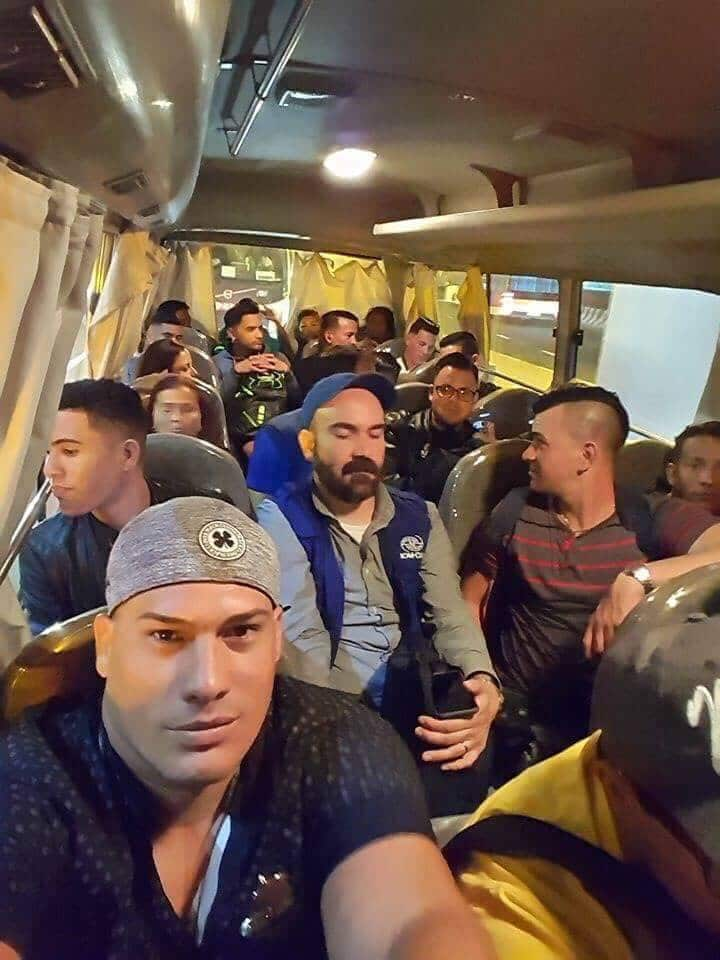 The timing of the resettlement of the 17 Cuban boat people has also raised some eyebrows due to the secrecy surrounding the immigration deal signed last year by the former administration of US president Barack Obama and the Australian Government.
The timing of the resettlement of the 17 Cuban boat people has also raised some eyebrows due to the secrecy surrounding the immigration deal signed last year by the former administration of US president Barack Obama and the Australian Government.

Source: Alexander Vergara/Cuban refugee
Under the agreement, the US would offer refuge to up to 1,250 asylum seekers from Manus Island (Papua New Guinea) and Nauru and in exchange, Australia has pledge to take around 30 Central American refugees from a centre in Costa Rica, where the United States has taken a large number of people in recent years.
The "swap" was labelled by US president Donald Trump as a “dumb deal," but later his administration committed to honour the commitment to keep a strong relationship with Australia.
The Australian Immigration department has not commented if the arrival of the 17 Cuban people is part of this controversial deal.
It has only said that Australia and the United States have a long history of cooperation on mutual and respective humanitarian objectives.
“For example, Australia has worked with the United States to resettle Cubans stretching back to 1981 and under Coalition and Labor Governments."
That year, Australia resettled some 40 Cuban refugees.
A decade ago under the Howard administration (1996-2007) Australia also offered to resettle Haitian and Cuban refugees from an immigration facility in Guantanamo Bay and in exchange the US agreed to take 200 refugees a year from Manus Island and Nauru during the last days of what was known as the 'Pacific solution'.
Amnesty International considers the resettlement of the Cuban group "unusual"
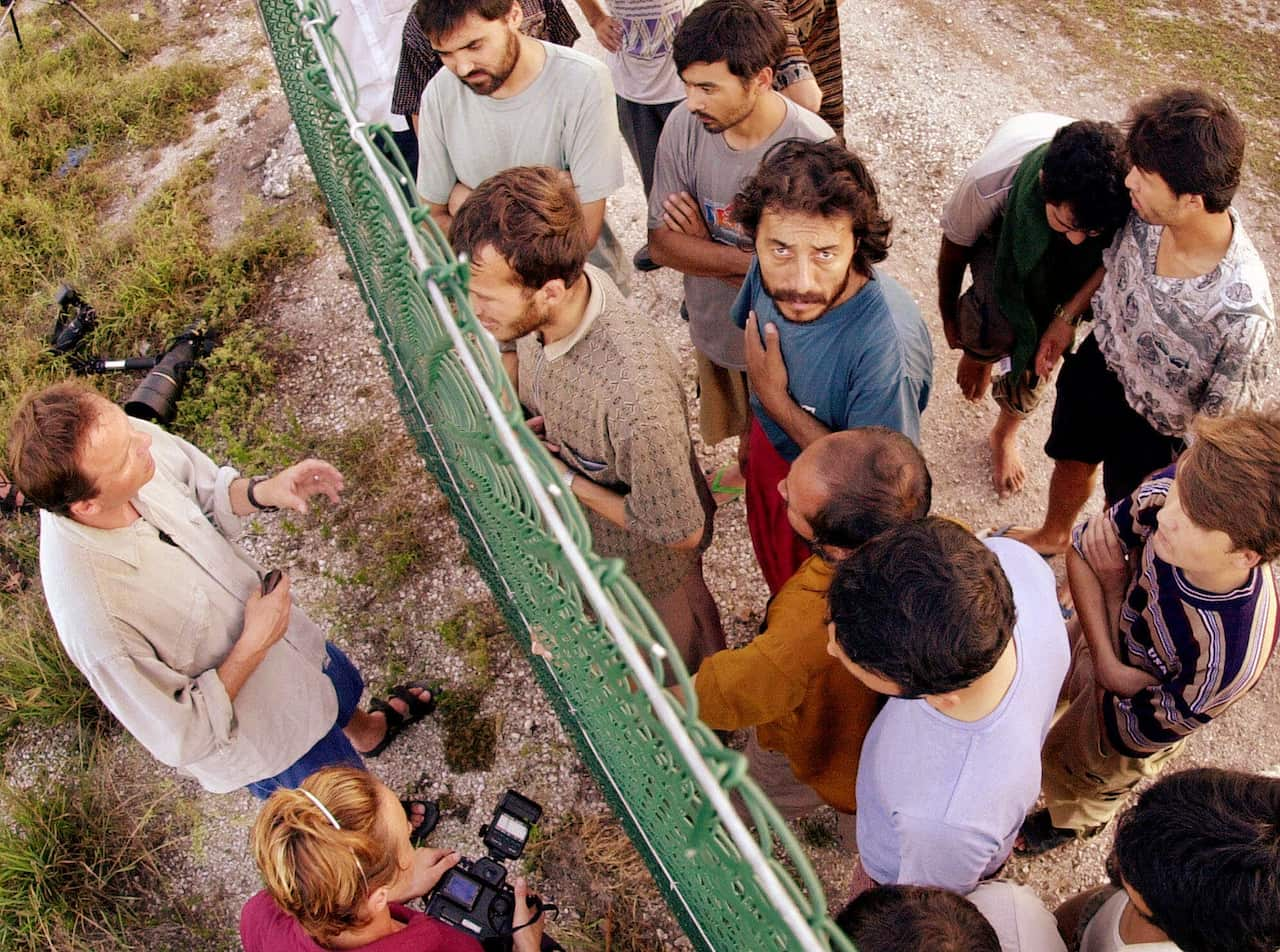
Refugees gather on one side of a fence to talk with international journalists about their journey that brought them to the Island of Nauru. File: Sept. 19, 2001 Source: AP Photo/Rick Rycroft
"It's such an unusual group for Australia to resettle, given that they do have an ongoing process in the US."
"There is a potential that they could go to the US. So, Why did Australia step in and take this group?"
Dr Thom adds that "unless they are other negotiations happening and we were not aware of."
"Unfortunately all of this is speculation because of the level of secrecy surrounding everything to do with Nauru and Manus - and the whole US deal."
"It's such an unusual group for Australia to resettle, given that they do have an ongoing process in the US."
The Australian activist highlighted that they welcomed the opportunity of these individuals to get on with their lives, but raised the question of "why are we taking Cubans out of Guantanamo Bay at the expense perhaps of Syrians out of Jordan or South Sudanese people out of Uganda?"
At the moment the main concern of Amnesty as well as many refugee advocate groups is the situation of the people in Manus and Nauru, who are living in harsh conditions and are awaiting to be resettled, if they pass the extreme vetting, in the US.
They will have to wait until October to have an answer from the US, while some 400 asylum seekers transferred to Australian soil for medical treatments will be left with no option and medical support.
Amnesty also considers that even if the Manus and Nauru asylum seekers are resettled in the US and the Cuban and Central American people find a new life in Australia, the whole policy lacks an humanitarian approach.
Listen to Graham Thom speak (in English) with SBS Spanish below:
Some background:
Share
